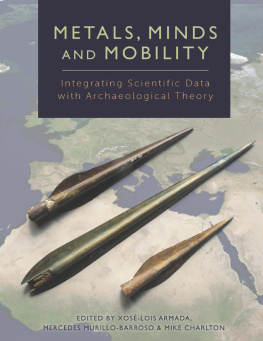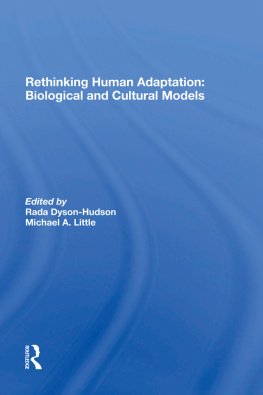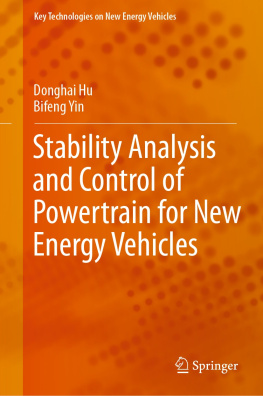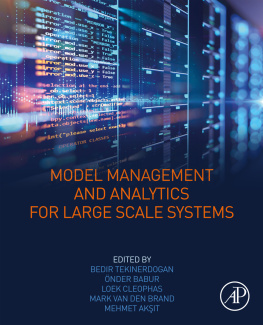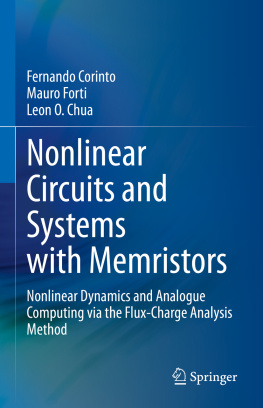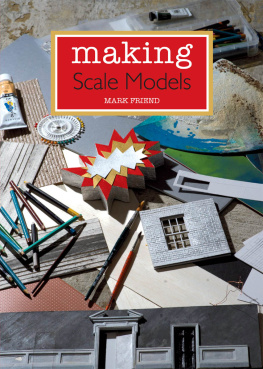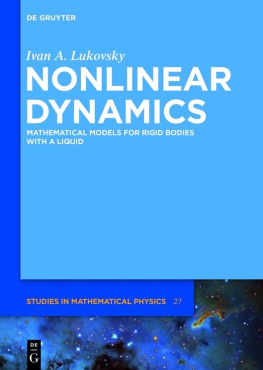Pagebreaks of the print version

METALS, MINDS AND MOBILITY
METALS, MINDS AND MOBILITY
INTEGRATING SCIENTIFIC DATA WITH ARCHAEOLOGICAL THEORY
Edited by
XOS-LOIS ARMADA, MERCEDES MURILLO-BARROSO
and
MIKE CHARLTON
Published in the United Kingdom in 2019 by
OXBOW BOOKS
The Old Music Hall, 106108 Cowley Road, Oxford, OX4 1JE
and in the United States by
OXBOW BOOKS
1950 Lawrence Road, Havertown, PA 19083
Oxbow Books and the individual authors 2019
Hardback Edition: ISBN 978-1-78570-905-0
Digital Edition: ISBN 978-1-78570-906-7 (epub)
Kindle Edition: ISBN 978-1-78570-907-4 (mobi)
A CIP record for this book is available from the British Library
Library of Congress Control Number: 2018955999
All rights reserved. No part of this book may be reproduced or transmitted in any form or by any means, electronic or mechanical including photocopying, recording or by any information storage and retrieval system, without permission from the publisher in writing.
For a complete list of Oxbow titles, please contact:
UNITED KINGDOM
Oxbow Books
Telephone (01865) 241249
Email:
www.oxbowbooks.com
UNITED STATES OF AMERICA
Oxbow Books
Telephone (800) 791-9354, Fax (610) 853-9146
Email:
www.casemateacademic.com/oxbow
Oxbow Books is part of the Casemate Group
Front cover: A partially submerged Lycian sarcophagus at Kekova, the site of ancient Simena, southeast Turkey. Image: zdoan Archive.
Back cover: Left: Divers undertaking investigation and coring of the seabed. Image: Richard Bates, University of St Andrews. Right: Coring in the Bay of Firth, Orkney. Image: Richard Bates, University of St Andrews
Contributors
X OS-LOIS A RMADA
Institute of Heritage Sciences (Incipit), Spanish National Research Council (CSIC), Santiago de Compostela, Spain.
D ANIEL B ERGER
Curt-Engelhorn-Center Archaeometry gGmbH, Mannheim, Germany.
P ETER B RAY
Research Laboratory for Archaeology and the History of Art, University of Oxford, UK.
G ERHARD B RGMANN
Curt-Engelhorn-Center Archaeometry gGmbH, Mannheim, Germany.
M IKE C HARLTON
UCL Institute of Archaeology, London, UK.
A DELINA D ARIE
Bucharest Municipality Museum, Bucharest, Romania.
C AROLIN F RANK
Institute of Earth Sciences Institute of Prehistory, Protohistory and Near-Eastern Archaeology, Heidelberg University, Germany.
M IGDONIA G EORGESCU
National History Museum of Romania, Romania.
L ENA G RANDIN
Geoarchaeological laboratory, The Archaeologists, The Swedish History Museums, Sweden.
E VA H JRTHNER -H OLDAR
Geoarchaeological laboratory, The Archaeologists, The Swedish History Museums, Sweden.
M ARK A. H UNT O RTIZ
Departamento de Prehistoria y Arqueologa, Universidad de Sevilla, Spain.
T OBIAS L. K IENLIN
Institut fr Ur- und Frhgeschichte, Universitt zu Kln, Germany.
C ATALIN L AZAR
National History Museum of Romania; University of Bucharest. ArchaeoScience#RO, Research Institute of the University of Bucharest (ICUB), University of Bucharest, Romania.
B ORJA L EGARRA H ERRERO
UCL Institute of Archaeology, London, UK.
J OHAN L ING
Department of Historical Studies, Archaeology, University of Gothenburg, Sweden.
J ANETA M ARAHRENS
Curt-Engelhorn-Center Archaeometry gGmbH, Mannheim, Germany.
M ARCOS M ARTINN -T ORRES
Department of Archaeology, University of Cambridge, UK.
L ENE M ELHEIM
Department of Archaeology, Museum of Cultural History, University of Oslo, Sweden.
I GNACIO M ONTERO -R UIZ
Institute of History (IH), Spanish National Research Council (CSIC), Madrid, Spain.
M ERCEDES M URILLO -B ARROSO
Departamento de Prehistoria y Arqueologa, Universidad de Granada, Spain.
B IANCA N ESSEL
Institute of Earth Sciences Institute of Prehistory, Protohistory and Near-Eastern Archaeology, Heidelberg University, Germany.
G HEORGHE N ICULESCU
National History Museum of Romania, Romania.
A LICIA P EREA
Institute of History (IH), Spanish National Research Council (CSIC), Madrid (retired); Independent Researcher, Au Project, Spain.
E RNST P ERNICKA
Institute of Earth Sciences Institute of Prehistory, Protohistory and Near-Eastern Archaeology, Heidelberg University; Curt-Engelhorn-Center Archaeometry gGmbH, Mannheim, Germany.
N RIA R AFEL F ONTANALS
Departament Histria, Universitat de Lleida, Spain.
M ICHAEL R OWLANDS
UCL Anthropology, London, UK.
S USAN S HERRATT
Department of Archaeology, University of Sheffield, UK.
I GNACIO S ORIANO
Departament de Prehistria, Universitat Autnoma de Barcelona, Spain.
Z OFIA A. S TOS -G ALE
Department of Historical Studies, Archaeology, University of Gothenburg, Sweden.
Chapter 1
Metals, minds and mobility: An introduction
Xos-Lois Armada, Mercedes Murillo-Barroso and Mike Charlton
The circulation and supply of metals have traditionally been considered a key issue in the analysis of social dynamics of late prehistory. However surprising it might be, there are not many books devoted to discussing the phenomenon with a broad perspective in geographical and chronological terms. Even in classic works on exchange and trade in European prehistory ( e.g. Scarre and Healy 1993), metals have smaller incidence than one would expect. Although determination of a metal objects provenance has been one of the main motivations of archaeometallurgical research almost since its inception (Pernicka 2014; Pollard et al . 2014), the impact of these studies in the general archaeological debate and reconstructions of the past has been limited. The low levels of communication between archaeologists and archaeometallurgists is, in Pearces opinion (2016), one of the reasons for this divorce.
Metals Make the World Go Round , a book edited by Pare (2000) that emerged from a congress held in Birmingham in 1997, may be the best-known collective work on the circulation of metals in the European prehistory. Its 18 contributions reflect the state of the art at the turn of the millennium. In particular, the book shows that approaches based on the typology and quantification of metals can be very clarifying if they are applied in an appropriate way. However, the use of analytical information is rather scarce, with only two chapters focused on compositional data and lead isotope analysis only present in the two contributions by the Oxford team.
The present volume emerges from a session held at the 21st Annual Meeting of the European Association of Archaeologists in Glasgow, Scotland, on September 2015, which aimed to integrate archaeometallurgical data with archaeological theory to address questions about past mechanisms of exchange, mobility and social complexity (session SA14, entitled New approaches to metals trade and people mobility: Integrating scientific data with archaeological theory).
This session was designed in a very specific context: the three of us had obtained a Marie Curie Fellowship funded by the European Commission at the UCL Institute of Archaeology (working at the very same office); our three projects dealt with metallurgy (copper, bronze or iron); all of them concerned with the circulation of metals in one or another way; all were supervised by the same scientist in charge (Marcos Martinn-Torres); and the three of us were using a range of archaeometric techniques despite of asking different questions and being derived from different theoretical approaches. This synergistic context gave us the opportunity to discuss the role of scientific techniques and the contribution of archaeometry to solve (or at least to add some light) on different archaeological and historical questions. That materialised into the organisation of the aforementioned session at the EAA conference in Glasgow.

